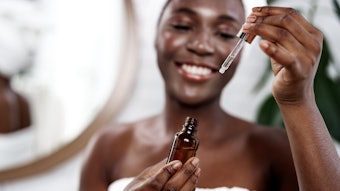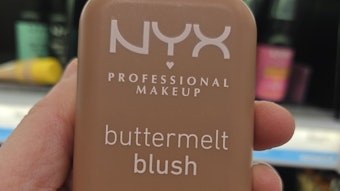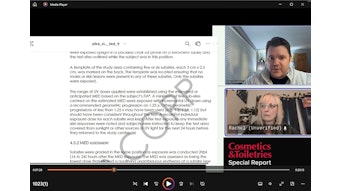
Perspiration malodor relates to the presence of microorganisms including Corynebacterium xerosis, which degrade sweat via enzymatic reactions, producing malodorous compounds. As such, deodorant actives that reduce or prevent the formation of malodor act upon these bacteria and/or sweat production itself in various ways.
Log in to view the full article
Perspiration malodor relates to the presence of microorganisms including Corynebacterium xerosis, which degrade sweat via enzymatic reactions, producing malodorous compounds. As such, deodorant actives that reduce or prevent the formation of malodor act upon these bacteria and/or sweat production itself in various ways.
One approach uses antibacterial substances such as triclosan to destroy resident bacterial flora. Others simply decrease the growth of bacteria. In addition, transition metal chelating agents such as ethylenediaminetetraacetic acid (EDTA) or diethylenetriaminepentaacetic acid (DTPA) are employed.
However, these treatments can negatively impact skin in the armpit area. As such, L'Oréal inventors sought to identify new deodorant actives with proven efficacy and without negative effects. The inventors' solution was inspired by an acid naturally present in the marine mold species Aspergillus.
Spiculisporic acid as a deodorant active
European Patent EP3166583
Publication date: May 2, 2018
Assignee: L'Oréal
This invention relates to the cosmetic use of spiculisporic acid and/or its salts as a deodorant active to treat malodor in the underarm area or on the feet. Spiculisporic acid, also known as 4,5-dicarboxy-4-pentadecanolide, is a bioactive γ-butenolide that can be isolated from the marine mold species Aspergillus. In the present invention, it may be in free form, partially neutralized or totally neutralized by at least one mineral base and/or an organic base.
According to the present patent, it is known that at room temperature, spiculisporic acid (S-acid) is insoluble in water and fatty substances but is soluble in ethanol. However, it can be can be solubilized in water by salification.
In fact, three salts have been identified:
- S-1Na, corresponding to neutralization of the C4 carbon bonded carboxylic group of the S-acid;
- S-2Na, corresponding to the neutralization of the carboxylic groups bonded to the carbon atoms at the C4 and C5 positions of the S-acid; and
- S-3Na, corresponding to the saponification of the lactone function of S-2Na.
These inventors found that spiculisporic acid neutralized with an organic base (especially L-arginine in a molar ratio of 1:1) can find utility as a deodorant and/or antiperspirant.










